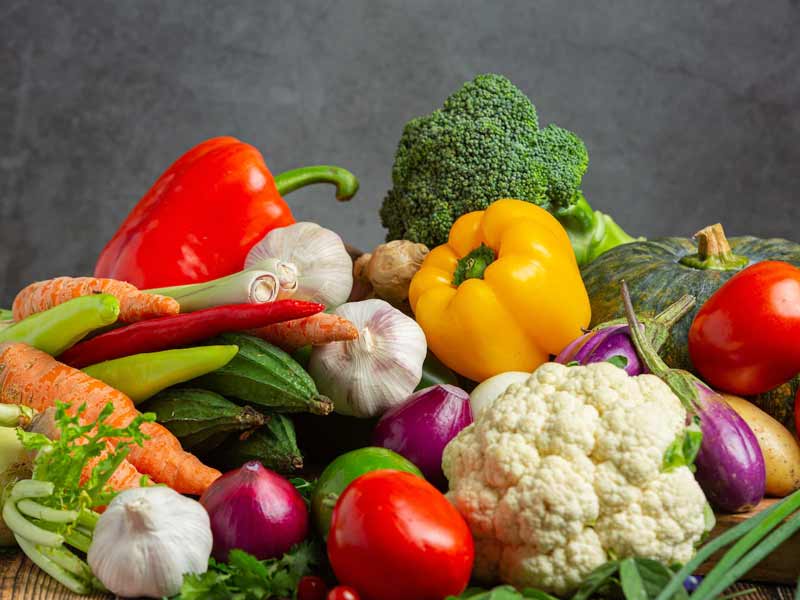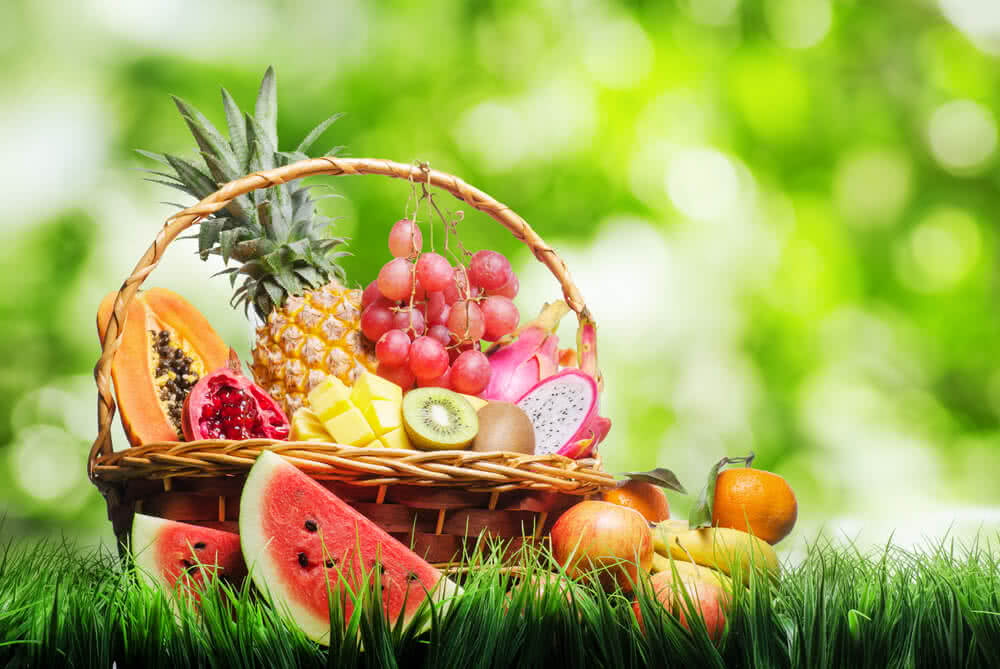Have you ever noticed how a summer strawberry tastes like sunshine, while a winter tomato… well, doesn’t? That’s the beauty of eating seasonally — when we enjoy fruits and vegetables at their peak, they taste better, cost less, and are packed with more nutrients.
This Seasonal Fruits and Vegetables Guide is here to help you discover what’s in season throughout the year, why it matters, and how you can bring more fresh, local produce to your table — one season at a time.
🌿 Why Eating Seasonally Makes a Difference
Before we dive into what’s growing when, let’s talk about why seasonal eating is worth it.
1. Flavor That Actually Tastes Like Nature
When fruits and veggies are harvested at their peak, they’re naturally sweeter, juicier, and more flavorful. Think about biting into a peach in July — soft, fragrant, and dripping with juice. Now compare that to one flown in from halfway around the world in January. It’s no contest.
2. Healthier and More Nutritious
Seasonal produce is fresher and hasn’t spent weeks in storage or on a truck. That means it retains more vitamins and minerals. Mother Nature really does know what our bodies need each season — hydrating fruits in the summer, immune-boosting citrus in the winter.
3. Good for Your Wallet and the Planet
When fruits and vegetables are in season locally, they’re plentiful — and that usually means cheaper. Plus, you’re cutting down on the environmental cost of long-distance transportation. It’s a win-win for your budget and the Earth.
🍓 Seasonal Fruits and Vegetables Guide: What’s Fresh All Year Round
Let’s take a walk through the year and see what’s in season during each part of it. Depending on where you live, this can shift a little — but the rhythm of nature tends to follow this pattern.

🌸 Spring (March – May)
Spring is all about freshness and renewal. After a long winter, your body naturally craves lighter foods — and the season delivers exactly that.
In Season:
- Fruits: Strawberries, cherries, pineapples, rhubarb, mangoes
- Vegetables: Asparagus, spinach, peas, radishes, lettuce, artichokes
How to Enjoy:
Spring is the perfect time for bright salads and simple sautés. Try tossing fresh spinach with strawberries, nuts, and feta cheese for a refreshing salad, or roast asparagus with olive oil and lemon for a quick side dish.
☀️ Summer (June – August)

Ah, summer — the season of abundance. Farmers’ markets are bursting with color, and everything tastes just a little bit sweeter under the sun.
In Season:
- Fruits: Watermelon, peaches, blueberries, raspberries, plums, cherries, blackberries
- Vegetables: Tomatoes, corn, cucumbers, bell peppers, zucchini, eggplant, green beans
How to Enjoy:
Keep it simple. Slice up juicy watermelon, make grilled veggie skewers, or blend a smoothie with fresh berries and mint. Summer produce is meant to be enjoyed fresh and raw whenever possible — minimal prep, maximum flavor.
🍁 Autumn (September – November)
As the air gets cooler, our cravings shift toward comfort food — and nature provides exactly that. Fall brings hearty, grounding flavors perfect for roasting and baking.
In Season:
- Fruits: Apples, pears, grapes, pomegranates, figs, cranberries
- Vegetables: Pumpkins, sweet potatoes, carrots, kale, cauliflower, beets, squash, Brussels sprouts
How to Enjoy:
Roast everything! Toss root vegetables in olive oil, salt, and rosemary for a cozy side dish. Try baking an apple crisp or making pumpkin soup. The warm, earthy flavors of autumn are the definition of comfort.
❄️ Winter (December – February)
Winter may seem like a quiet time for produce, but there’s still plenty growing beneath the surface. This is the season for hearty greens, citrus fruits, and root vegetables that help keep you nourished through the cold.
In Season:
- Fruits: Oranges, grapefruits, lemons, kiwis, pomegranates
- Vegetables: Cabbage, leeks, carrots, kale, broccoli, parsnips, turnips, winter squash
How to Enjoy:
Make soups and stews your best friends. A hearty vegetable soup or roasted root vegetable medley is perfect for chilly days. Add a pop of sunshine with citrus — think orange slices in your salad or a squeeze of lemon over greens.
🛒 How to Shop and Eat Seasonally Without Stress
Eating seasonally doesn’t have to be complicated. Here are a few simple ways to make it second nature:
- Visit Your Local Farmers’ Market: It’s the easiest way to know what’s in season. Farmers grow what’s ripe now — and they often have the best cooking tips, too.
- Buy Extra and Freeze It: When berries, tomatoes, or greens are in season, buy a little more and freeze them for later. You’ll thank yourself in the off-season.
- Plan Meals Around What’s Fresh: Instead of planning a recipe and then shopping, flip the process. See what’s fresh, then decide what to cook.
- Get Creative: A single seasonal ingredient can shine in multiple ways — roasted, raw, grilled, or blended into soups or smoothies.
🌎 The Bigger Picture: Eating Seasonally for a Better World
When you follow a Seasonal Fruits and Vegetables Guide, you’re not just making healthier choices — you’re supporting a more sustainable food system. Local farmers get the support they deserve, fewer resources are wasted, and you’re eating foods when they’re naturally at their best.
It’s a small shift that adds up to a big impact — for your health, your community, and the planet.
💚 Final Thoughts
Eating seasonally is one of the simplest and most rewarding ways to reconnect with nature. It reminds us that food isn’t just fuel — it’s part of a rhythm that changes and grows with the world around us.
So the next time you’re at the market, pause for a second. Look around. Smell the peaches in summer, the apples in fall, or the citrus in winter. That’s the scent of real food, grown in its perfect time.
Start small. Pick one new fruit or vegetable each season. Before long, you’ll find that eating fresh, local, and seasonal just feels right — for your body, your wallet, and your soul.

